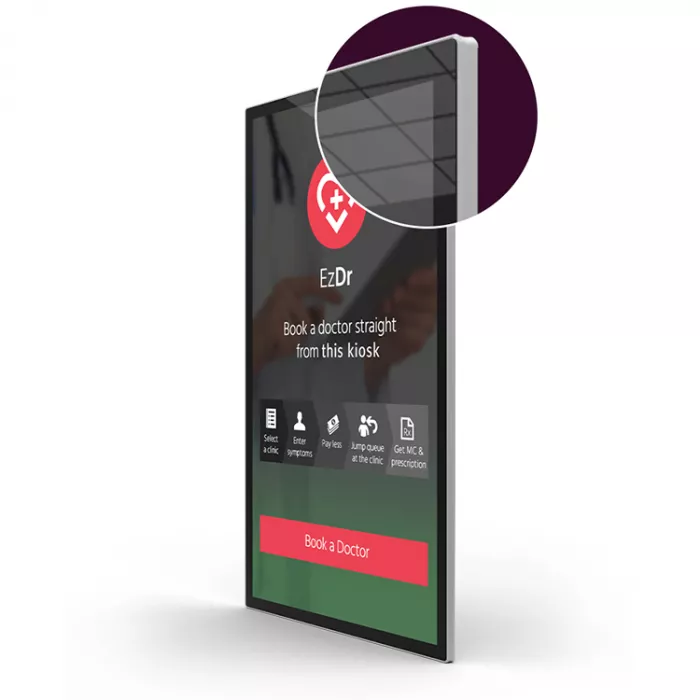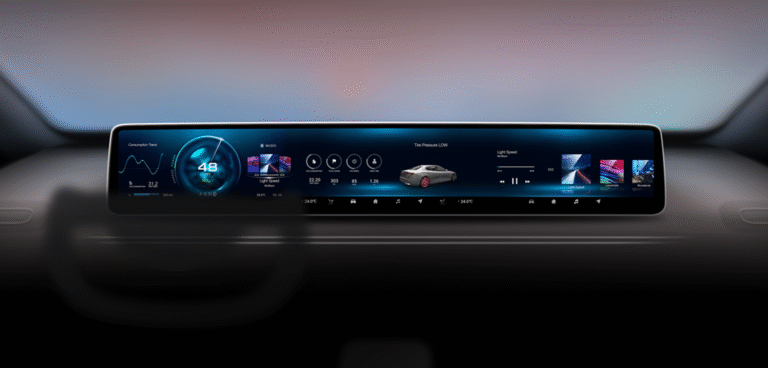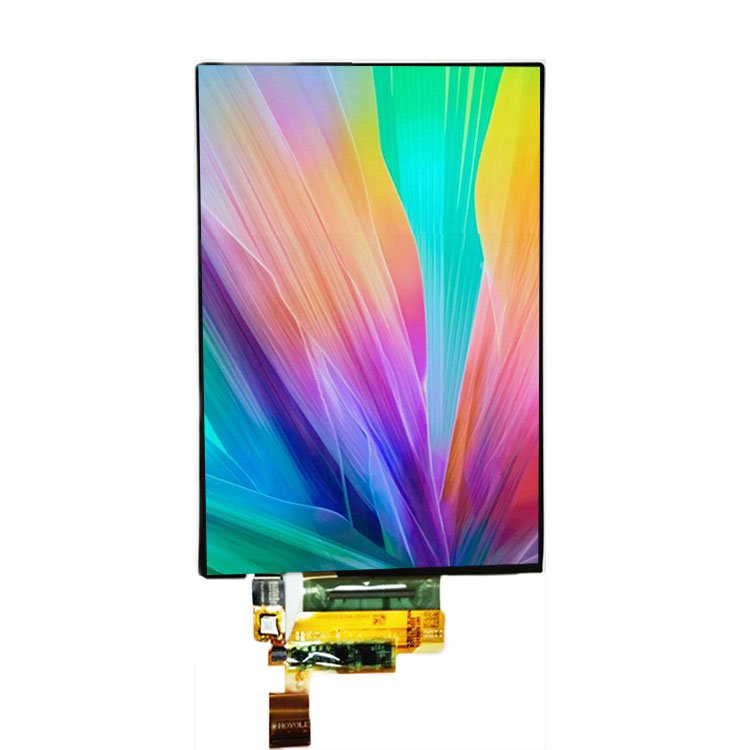What Is a Capacitive Touchscreen?
Capacitive touchscreens work by detecting changes in the electrical field on the surface of the screen. When a conductive object (like a human finger or a capacitive stylus) touches the screen, the sensor grid recognizes this as input.
Advantages of Capacitive Technology
- Highly responsive with light touch
- Supports multi-touch gestures (pinch, swipe, rotate)
- Superior display clarity and brightness
- Durable in clean environments with minimal moving parts
This makes capacitive panels perfect for smartphones, tablets, retail kiosks, and smart home displays, where visual quality and interaction smoothness are priorities.
Limitations
- Doesn’t respond to gloved or non-conductive input
- Sensitive to moisture or static interference
- Higher cost compared to resistive panels
- Requires touch tuning for industrial conditions
👉 Related: Touch Panel Technologies for Harsh Environments
What Is a Resistive Touchscreen?
Resistive touchscreens register input through physical pressure. They contain two flexible layers that touch when pressed, creating a change in resistance that tells the system where the touch occurred.

Advantages of Resistive Technology
- Works with any object: gloves, pens, styluses, even tools
- Performs well in dusty, wet, or rugged environments
- More affordable for cost-sensitive applications
- Offers high accuracy for single-point input
That makes resistive panels ideal for industrial HMIs, medical equipment, outdoor kiosks, and manufacturing interfaces.
Limitations
- No multi-touch or gesture support
- Requires firm pressure to operate
- Slightly lower brightness due to extra layers
- Can wear down over time with repetitive use
Thousands of products are available in our catalog.
Discover our wide range of products, including LCD-TFTs, OLED graphic and alphanumeric displays, LCMs, e-paper displays, barcode scanners (embedded, handheld, fixed mount), industrial monitors, industrial computers (carrier boards, COMs & SOMs, embedded systems, HMI panel computers, SBCs), capacitive and resistive touch screens, and accessories (development kits, connectors, controllers, FPC/FFC tapes, ZIF connectors).
Comparison Table: Capacitive vs Resistive Touchscreen
| Feature | Capacitive | Resistive |
|---|---|---|
| Touch Input | Finger, capacitive stylus | Finger, glove, any stylus |
| Multi-Touch Support | Yes | No |
| Sensitivity | Light touch | Requires pressure |
| Display Clarity | High brightness and clarity | Lower due to added layers |
| Durability | Long lifespan in clean settings | Rugged, suitable for harsh use |
| Cost | Higher | Lower |
| Best Use Cases | Consumer electronics, smart devices | Industrial, medical, outdoor terminals |
Which Touchscreen Should You Choose?
Choose Capacitive If You Need:
- A sleek, modern user experience
- High-performance multi-touch gestures
- Bright, vibrant displays for public or commercial use
- High-speed responsiveness for apps or media
Capacitive displays are ideal for smartwatches, interactive signage, and Android-based systems where user interaction must feel intuitive.
Choose Resistive If You Need:
- Glove or stylus operation
- Performance in dusty, wet, or extreme environments
- Lower cost for budget-sensitive builds
- Precision input with stylus or finger
Resistive panels remain a go-to choice in industrial controls, factory HMIs, and embedded systems for harsh settings.
FAQs – Capacitive vs Resistive Touchscreens
What’s the biggest difference between capacitive and resistive screens?
Capacitive screens sense electrical contact; resistive screens sense physical pressure. This affects responsiveness, input tools, and cost.
Which is more durable?
Capacitive screens are durable in clean environments. Resistive screens are better in outdoor or industrial settings where gloves and tools are used.
Can capacitive screens work with gloves?
Not standard gloves—only capacitive-compatible gloves or styluses. Resistive screens work with any glove.
Are resistive screens outdated?
No. They are reliable and effective for rugged applications where gesture input or sleek visuals are less critical.
Which screen has better display quality?
Capacitive screens, due to fewer layers, offer better light transmission and brightness.
Conclusion: Match the Touchscreen to Your Environment
When comparing capacitive vs resistive technology, there is no one-size-fits-all solution. It depends on your device’s use case, environmental demands, and user interaction needs.
At RJY Display, we help clients across industries—medical, industrial, consumer electronics, and transportation—match the right touchscreen technology to the right application.
Whether you’re building a glove-friendly outdoor kiosk or a sleek retail display, we can help you get it right.
Reference Resources














